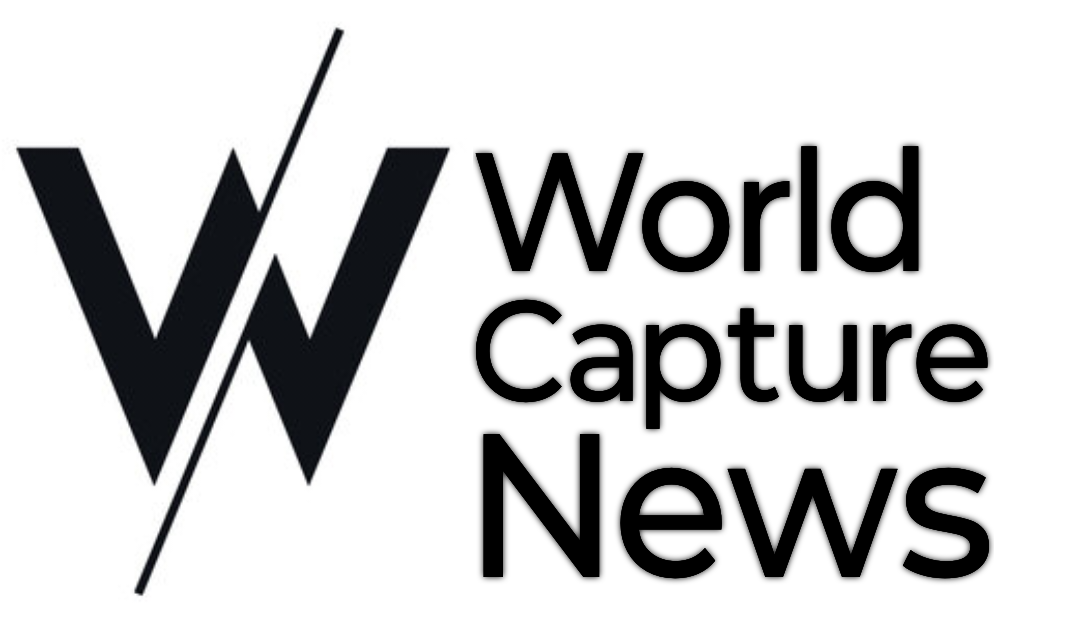Progressing struggle in Europe and the Center East, broadened creation cuts by OPEC+, drove by Saudi Arabia and Russia, and an expansion popular for heat this colder time of year all take steps to push up costs of oil and gas.
Be that as it may, the expense of raw petroleum has been to a great extent declining since the center of October.
Oil costs sank to their most minimal levels since July last week (however they ticked higher on Monday) and are perched very nearly a bear market, down almost 20% from September highs. The normal for a gallon of gas in the US, in the mean time, dropped to $3.37, as per AAA. That is down from $3.78 a year prior and $3.63 a month prior.
This “consistent, if slow” decrease in gas costs, said an AAA representative, may before long acquire speed in the event that oil costs proceed with their plummet.
What’s going on: Merchants don’t anticipate that the ongoing Center Eastern threats should influence energy supplies. They’re more worried about financial shortcoming in China and an expansion in oil creation in the US.
In any case, “according to a monetary point of view neither the US nor Iran nor any of the provincial oil makers have answered the contention in a manner that would affect worldwide oil supplies and starting feelings of trepidation that the contention would support worldwide energy costs have not been approved up until this point,” David Kelly, boss worldwide planner at JPMorgan Resource The board, expressed Monday in a note.
“As a matter of fact, because of directing raw petroleum costs and falling refining spreads, we anticipate that energy costs should enlist huge decreases in the October CPI due out this Tuesday and in the November CPI, due out on December twelfth – the main day of the last FOMC meeting of 2023,” he added, alluding to Central bank strategy gatherings.
The US, in the mean time, is removing oil at record levels, expanding supply and cutting down costs. In the primary seven day stretch of November, US unrefined petroleum creation arrived at another record of 13.2 million barrels each day.
The impact of the US on worldwide oil markets has developed altogether, as has China’s effect on request.
However, China’s debilitating economy is causing worry that the market there will before long sluggish.
“It’s the interest side which is the concentration, with worries of monetary shortcoming in China and somewhere else covering costs,” David Morrison, senior market expert at monetary administrations supplier Exchange Country, said last week in a note.
There was a 6.4% lessening in Chinese commodities in October. China’s Public Agency of Measurements revealed last Thursday that buyer costs declined 0.2% in October. Chinese purifiers, in the mean time, have requested less rough stockpile from Saudi Arabia this December.
Indeed, however: Oil costs were up by around 1% on Monday after OPEC’s month to month market report said that the basics stayed solid and that it was examiners cutting costs down.
“The OPEC month to month oil market report seemed to stand up against request concerns, referring to exaggerated negative feeling around Chinese interest while raising interest development gauges during the current year and leaving them unaltered for next,” Craig Erlam, senior market examiner at OANDA, said in a note.
Brent unrefined rose for 1.34% to $82.52 a barrel on Monday. West Texas Middle was up 1.41% to $78.26 a barrel. Costs were consistent early Tuesday after the Worldwide Energy Organization raised its gauges for oil request development this year and next, notwithstanding assumptions for a monetary log jam.
Yet, the IEA additionally showed that supply was similarly “surpassing assumptions” and that the worldwide market could tip into surplus in the main quarter of 2024 from a deficiency in the last quarter of this current year.
Home Station is as yet experiencing the real estate market lull
Home Stop revealed more slow income on more vulnerable deals Tuesday, despite the fact that it actually had the option to beat Money Road figures.
Purchasers aren’t spending on home improvement projects the manner in which they were during the pandemic. Yet, the organization said it is as yet seeing some strength in more modest improvement occupations, which address a critical piece of its business, reports my partner Chris Isidore.
“We saw proceeded with client commitment with more modest activities, and experienced tension in specific first-class, optional classifications,” said Chief Ted Decker.
The organization procured $3.8 billion, or $3.81 an offer, in the second from last quarter that finished October 29, down 12% from $4.3 billion a year sooner. Investigators studied by Refinitiv had gauge profit per portion of $3.76. Income slipped 3% to $37.7 billion, which was somewhat better compared to the gauge of $37.6 billion.
Deals at stores open essentially a year fell 3.1% as an easing back in the real estate market kept on being a headwind for the organization.
This is the way much you want to make to manage the cost of a home in America
The pay of a regular homebuyer in the US flooded to $107,000 from $88,000 last year, as home reasonableness steeply deteriorated, as per a yearly report from the Public Relationship of Real estate professionals.
The 22% leap was the most noteworthy yearly increment on record, and places homeownership far off for the overwhelming majority families in the US, where the middle pay is about $75,000, as per the Registration Department.
The cosmetics of the families ready to purchase homes keeps on moving, as indicated by the report. Families confronting greater expenses since they have kids are getting drove farther of the homebuying picture.
A staggering 70% of ongoing purchasers didn’t have a youngster younger than 18 in the home, which was the most noteworthy offer kept in this review. By examination, in 1985, just 42% of families didn’t have a youngster younger than 18.
The portion of hitched couples dropped to 59% percent of late purchasers — the most minimal offer starting around 2010 — while the portion of single female purchasers and single male purchasers expanded to 19% and 10% separately. Around 9% of purchasers were unmarried couples.
Homebuyers turned out to be more different this year, with the portion of white homebuyers dropping to 81% from 88% last year. Of ongoing homebuyers, 7% were Latino, 7% were Dark, 6% were Asian or Pacific Islander and 6% recognized as another race. Also, 38% of first-time home purchasers recognized as non-White or Caucasian, contrasted with 17% of rehash purchasers.

